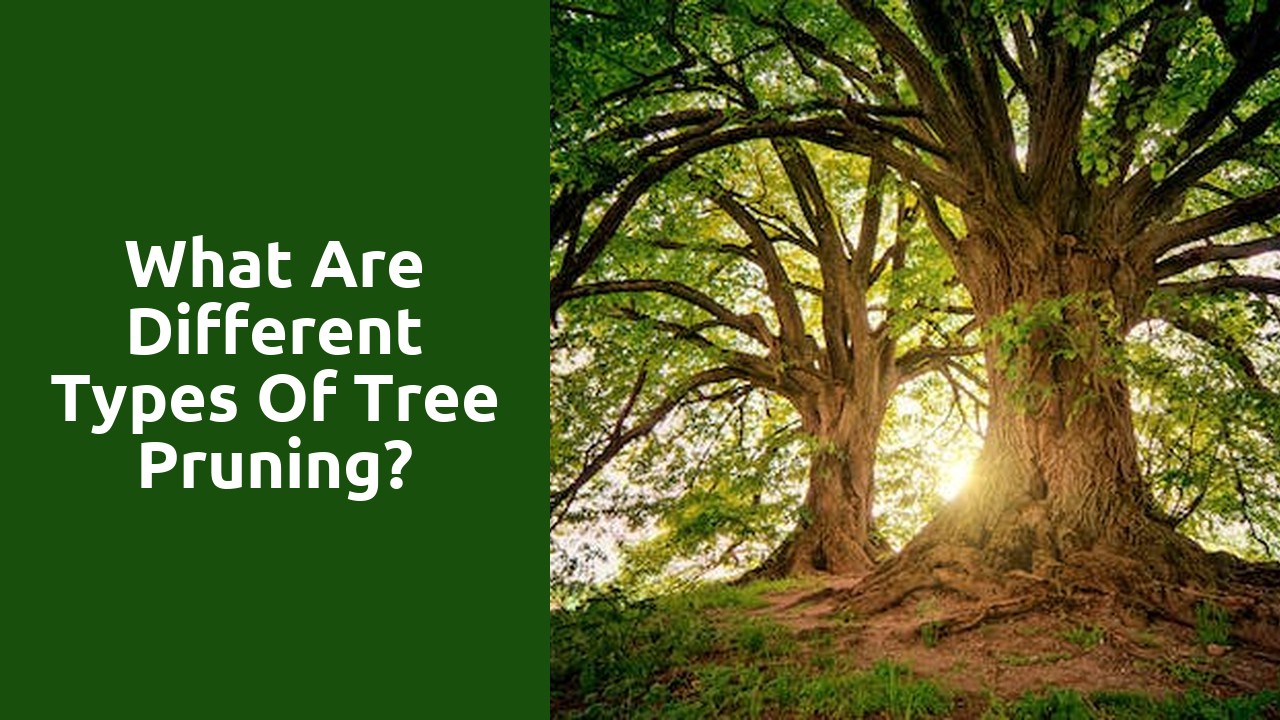What are different types of tree pruning?

Heading 2: Directional Pruning
Directional pruning is a fundamental technique used in horticulture to shape and control the growth of plants. By strategically trimming specific branches or shoots, gardeners can guide the direction in which the plant grows, ensuring it aligns with the desired aesthetic or functional purpose. This method is primarily employed in the cultivation of trees and shrubs, as it allows for greater control over the overall structure and appearance of the plants.
One of the key benefits of directional pruning is its ability to promote airflow and sunlight penetration within the plant. By selectively removing branches that are crossing or overcrowding, gardeners can create a more open and well-ventilated canopy. This not only helps prevent the development of fungal diseases and pests but also facilitates better nutrient absorption and photosynthesis. Moreover, directional pruning enables plants to receive optimal sunlight, improving their overall health and vigor.
Related Links
What does prunes mean in the Bible?What is the difference between pruning and cutting back?